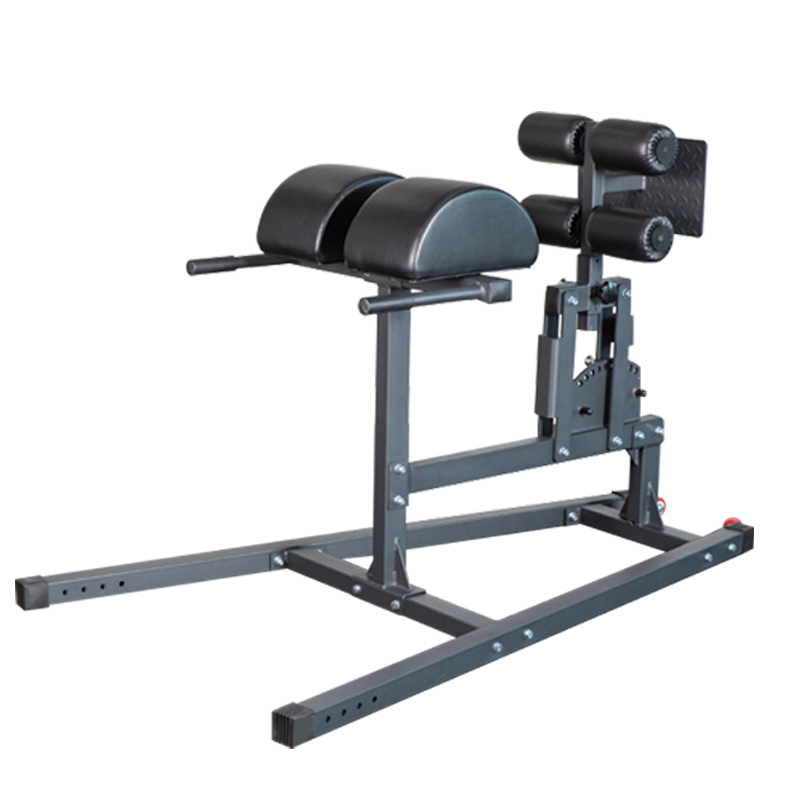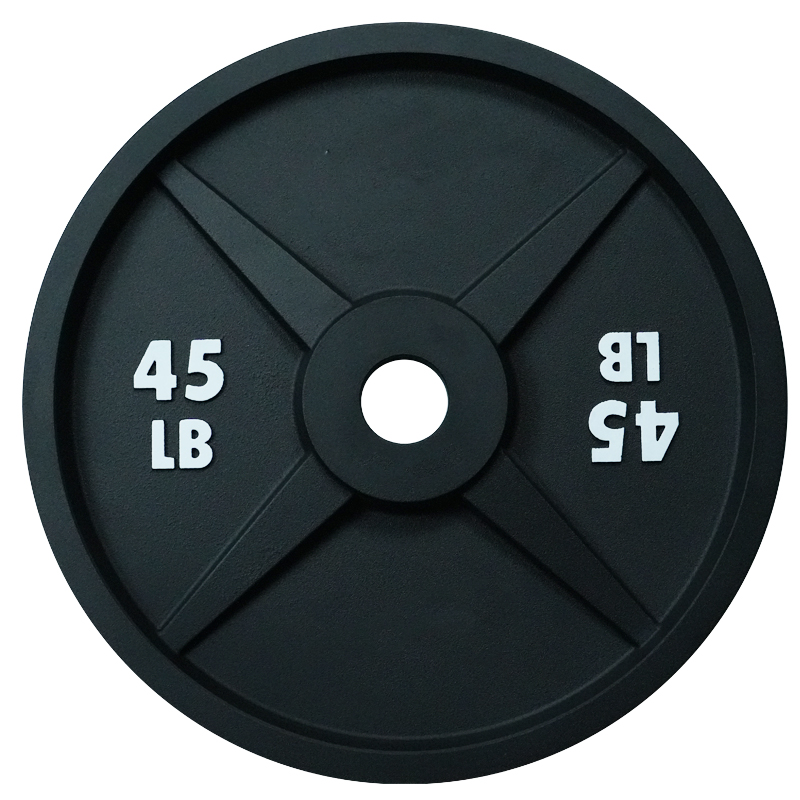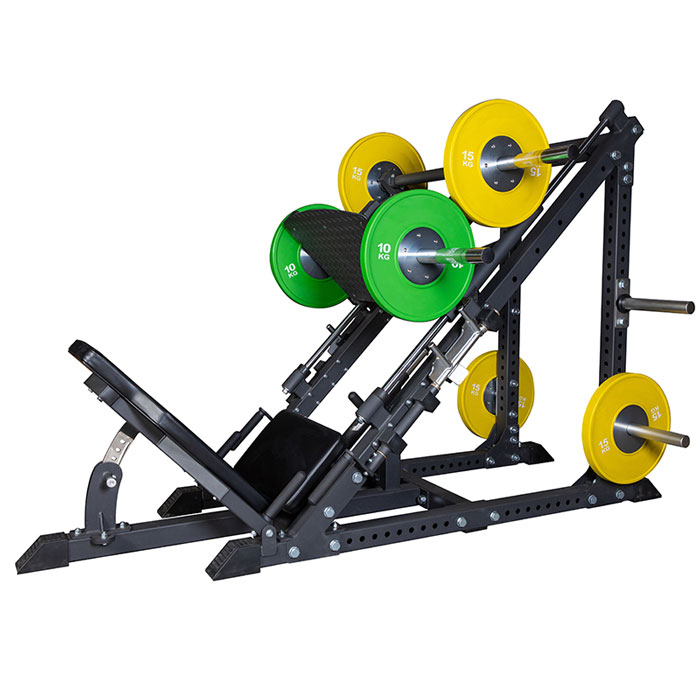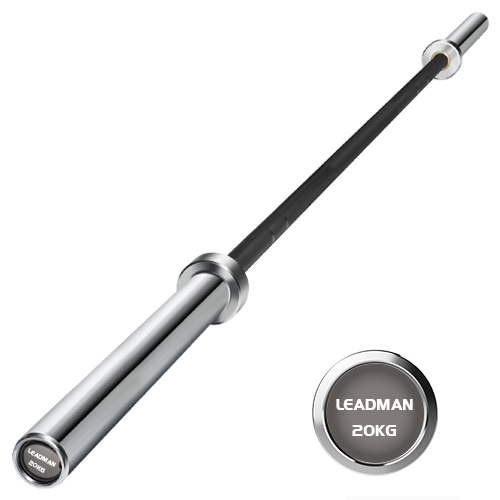Choosing Trainers for Your Gym
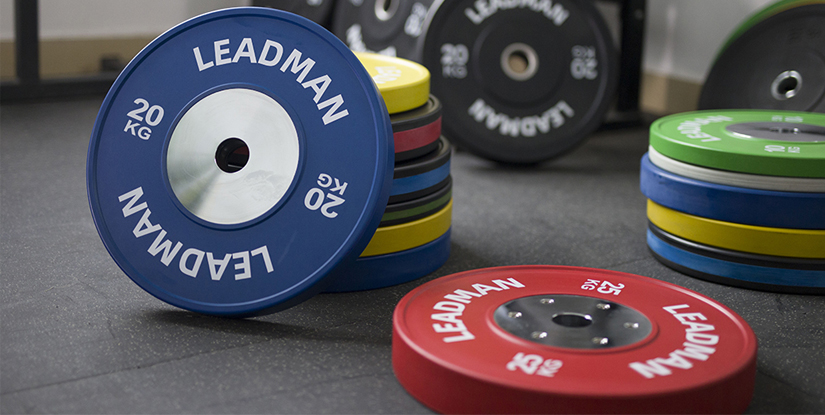
Your gym's trainers are the heartbeat of your business - they transform equipment into results, facilities into communities, and members into loyal advocates. Unlike purchasing power racks or Olympic bars, selecting trainers requires evaluating both technical skills and interpersonal chemistry. This guide will walk you through the essential considerations for assembling a training team that elevates your gym's reputation and profitability.
The Trainer Selection Framework
Build your evaluation process around these four pillars:
1. Technical Competence
Look beyond basic certifications. Exceptional trainers understand biomechanics, periodization, and how to modify exercises for different body types and limitations. They should be as comfortable explaining barbell row techniques as they are designing mobility programs.
2. Coaching Personality
The best programming means nothing without the ability to motivate. Observe how candidates communicate corrections - the best trainers educate rather than criticize.
3. Business Alignment
Your trainers represent your brand. They should understand your gym's philosophy, whether it's hardcore strength training or inclusive community fitness.
4. Growth Potential
Seek trainers committed to continuous learning, whether about new equipment trends or emerging training methodologies.
The Interview Process That Reveals True Potential
Move beyond standard interview questions with these revealing approaches:
1. Equipment Demonstration
Have candidates explain and demonstrate three different uses for a single piece of equipment, like a kettlebell or suspension trainer. This reveals creativity and depth of knowledge.
2. Member Scenario Roleplay
Present common member situations: the discouraged beginner, the overconfident intermediate, the injured athlete. Evaluate their adaptability.
3. Business Case Study
Ask how they would handle scheduling conflicts, client retention dips, or equipment limitations. Their answers reveal business acumen.
FAQ About Choosing Gym Trainers
What certifications should I require for gym trainers?
At minimum, require nationally accredited certifications (NASM, ACE, or ACSM). For specialty areas like strength training or senior fitness, additional credentials add value. Regularly review certification requirements as industry standards evolve.
How do I assess a trainer's practical skills?
Conduct live assessments where candidates: 1) Teach a complex movement like the deadlift to a novice, 2) Modify an exercise for someone with knee pain, and 3) Explain proper use of equipment like adjustable benches to a client.
Should I hire generalists or specialists?
Build a balanced team. Generalists handle most member needs, while specialists (pre/post-natal, rehabilitation, sports performance) allow you to serve niche markets. Consider your member demographics when deciding which specialties to prioritize.
How important is personality versus credentials?
Balance both. The most credentialed trainer won't retain clients if they can't connect personally, while the most charismatic trainer without proper knowledge risks member injuries. Use a 60/40 weighting - 60% for technical competence, 40% for coaching personality.
Building a Cohesive Training Team
Individual talent matters, but team dynamics determine long-term success:
1. Complementary Skill Sets
Pair trainers with different strengths - one might excel at Olympic lifting techniques while another shines in mobility work. This creates natural referral opportunities.
2. Shared Training Philosophy
While individual styles vary, all trainers should align with your gym's core approach to fitness, whether it's evidence-based, results-driven, or community-focused.
3. Continuous Education
Invest in regular team training on new equipment like functional trainers or emerging methodologies. This maintains consistency in client experiences.
Retaining Top Trainer Talent
Finding great trainers is only half the battle - keeping them requires strategy:
1. Career Pathways
Create clear progression opportunities from junior to senior trainer, with increasing responsibilities and compensation.
2. Equipment Input
Involve trainers in equipment selection processes for new commercial gym equipment purchases. They'll appreciate having their expertise valued.
3. Performance Incentives
Structure bonuses around client outcomes, retention rates, and equipment utilization metrics rather than just session volume.
Need Help Creating the Ultimate Training Environment?
The right equipment empowers your trainers to deliver exceptional results. From versatile power racks to specialized accessories, your facility's tools directly impact training quality.
Let Leadman Fitness help you build a gym that attracts and retains top trainer talent. Contact our team for equipment recommendations tailored to your training philosophy.
Red Flags in Trainer Candidates
Avoid these warning signs during your selection process:
1. One-Size-Fits-All Programming
Trainers who prescribe identical programs regardless of client goals, abilities, or limitations will frustrate your members.
2. Equipment Discomfort
Candidates unfamiliar with standard gym equipment like bench stations or cable machines may lack necessary experience.
3. Negative Talk About Previous Employers
While honest critiques are fine, excessive negativity often indicates future problems.
The Future of Gym Training Teams
Stay ahead of these emerging trends in trainer selection:
1. Hybrid Training Expertise
Trainers comfortable blending in-person and digital coaching will become increasingly valuable as members expect flexible options.
2. Recovery Specialization
With growing interest in recovery modalities, trainers knowledgeable about mobility tools and techniques will differentiate your gym.
3. Data Literacy
Trainers who can interpret wearable data and equipment metrics will deliver more personalized results.
Final Thoughts: Trainers as Your Competitive Edge
In an era where members can access workout apps and home equipment like adjustable kettlebells, your trainers represent the irreplaceable human element that keeps clients coming back. By implementing a rigorous selection process, fostering team development, and pairing your trainers with quality equipment, you'll create a gym experience that stands apart in your market.

